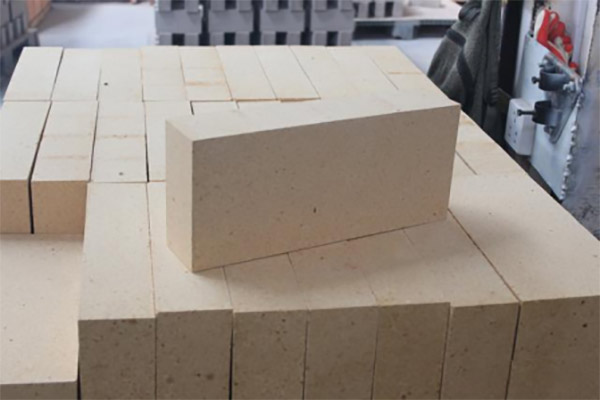
Alumina magnesia carbon bricks wholesaler
Porosity is the percentage of the volume of pores contained in a refractory brick compared to the total volume of the product. PER refractory factory experts say that the pores in a fire-resistant brick are divided into two categories: pores that are closed in the refractory firebrick and do not communicate with the outside world are called closed pores. With the outside world, the pore can be filled with fluid called an open pore. In the open pore, through both sides of the product, the fluid through the pore is also called through the pore.
The ratio of the open pore volume to the total volume of the product is called the open pore rate, often called the apparent pore rate, recorded as pa. The ratio of the closed pore volume to the total volume of the product is called the closed pore rate, recorded as pc. The ratio of the total pore volume to the total volume of the product is called the true pore rate, recorded as pt. The relationship between the three is pt = pa + pc.
In addition to molten cast products, asphalt bonded or impregnated products, and part of the thermal insulation refractory products, the vast majority of pores in the general refractory brick are open pores. And because the closed pore volume is difficult to directly determine, the porosity index of the product is usually expressed by the apparent porosity. The apparent porosity of refractory fire bricks can be as small as near zero or as large as 80%.
General dense products with an apparent porosity of 10% to 28%, less than 15% are called low porosity products. The true porosity of insulation materials is greater than 45%. Porosity is the basic technical index of most refractory materials. Its size affects almost all the properties of refractory products, especially strength, thermal conductivity, slag resistance, and thermal shock resistance.
An increase in porosity results in a decrease in strength, not only due to an increase in the actual stress caused by a decrease in the cross-sectional area of the solid but mainly because porosity is a defect in the material that causes stress concentration and a decrease in strength. The impact of coarse pores is more significant.
As the air itself is very low thermal conductivity, porosity increases can significantly reduce the thermal conductivity. Large porosity increases the penetration of slag into the product, or the oxidation of carbon in carbon-containing refractories, which significantly reduces the slag resistance of the material.
The effect of porosity on strength, fracture work, thermal conductivity, coefficient of linear expansion, modulus of elasticity, etc. is complicated by its effect on resistance to thermal shock. Most products have the best thermal shock resistance when the porosity is in a certain range.
Reducing the porosity is also beneficial for improving the load softening temperature and high-temperature creep of refractory materials. Porosity in refractory products is introduced by the raw material itself and formed during the molding, drying, and firing processes. It is distributed in the particles, in the matrix, and between the particles and the matrix.
It is known that different refractory materials have certain requirements for the size of porosity. The primary condition for the production of dense products with low porosity is the selection of raw materials with low porosity.
According to the principle of the closest accumulation, the use of reasonable particle gradation, reasonable use of a binding agent, sufficient uniform mixing, high-pressure molding, and appropriate increase in firing temperature and extended holding time are important measures to reduce the porosity in the production of dense refractory materials.
In the production of dense castable, the addition of superfine powder and dispersant in the ingredients can form a tighter build-up and obtain products with low porosity. In the production of heat-insulating refractory products requiring high porosity, the raw materials of heat-insulating materials are used, and the pores are increased by chemical foaming or by adding combustible materials to the ingredients after burning.
Today, the refractory industry is gradually expanding its army, which includes many countries internationally, and the production and supply of refractory materials have gone on to a mature stage. And most of the more rapidly developing refractory plants in China are concentrated in Henan, which is partly due to the soil quality factor. The development of a green refractories strategy is an important development strategy related to the sustainable development of our current and future refractories industry.
Now the direction of the production and processing of refractories has shifted to take the road of green. PER refractories company produces a larger amount, and the price is more favorable.
Since October, alumina prices have continued to rise, and China's largest bauxite importer - a…
First, High Alumina Brick: The Leader In High Temperature Refractories As a leader in high-temperature…
The application of refractory bricks in the kiln immediately endangers the operation rate of the…
Analysis Of The Causes Of Common Quality Problems In Tunnel Kiln Construction And Measures To…
Corundum quality refractory castables are made from corundum to the new jade refractory insulation material…
Analysis Of Aluminum-Silicon Refractory Raw Materials Prof. Li Yong of the University of Science and…